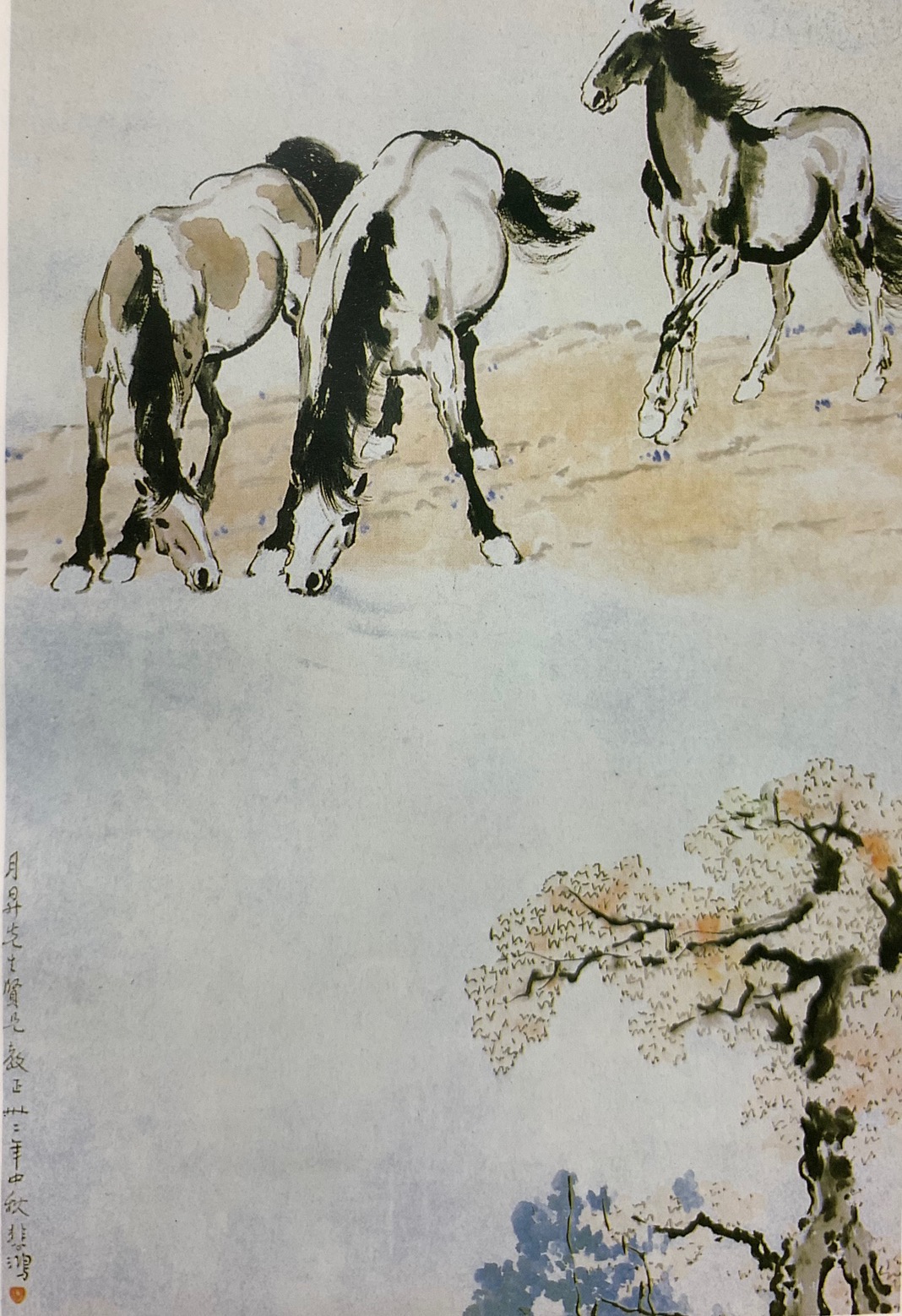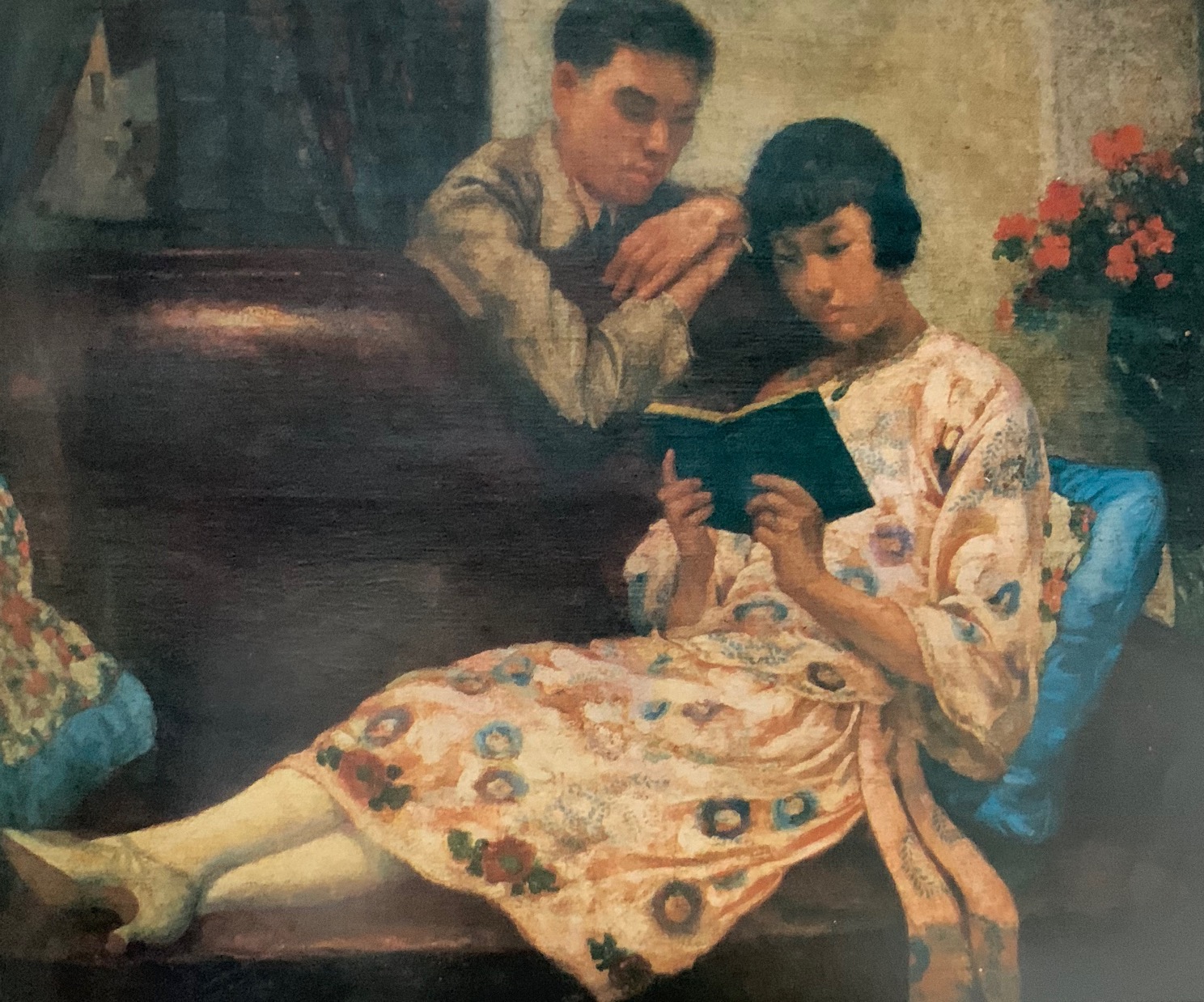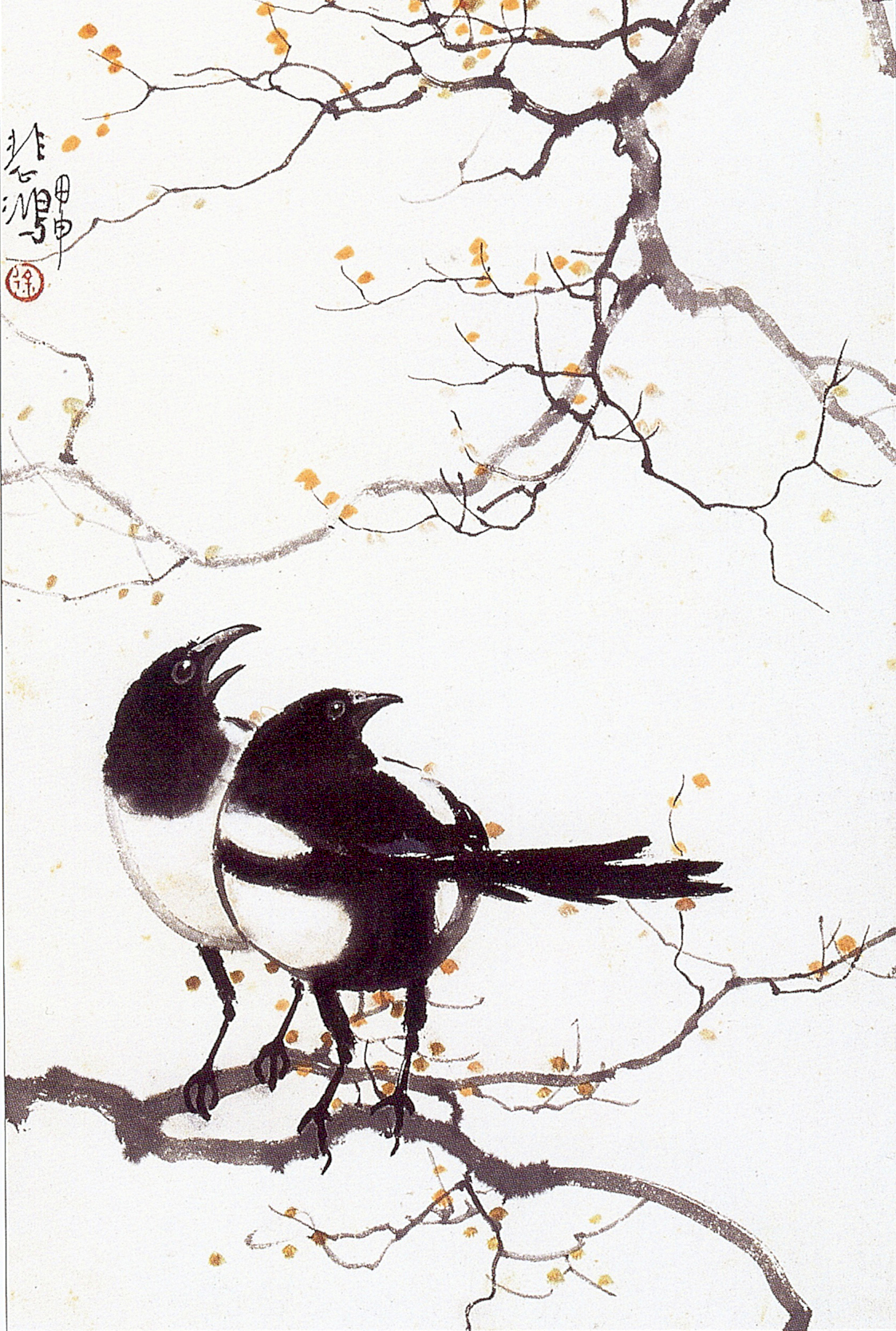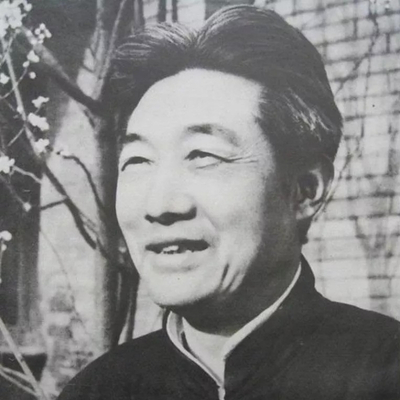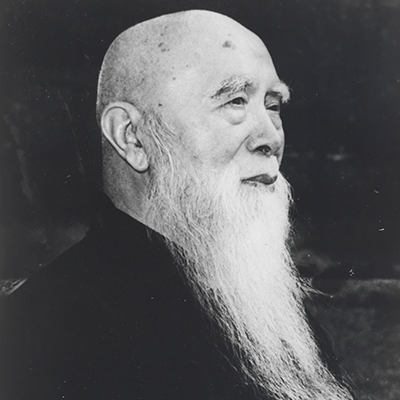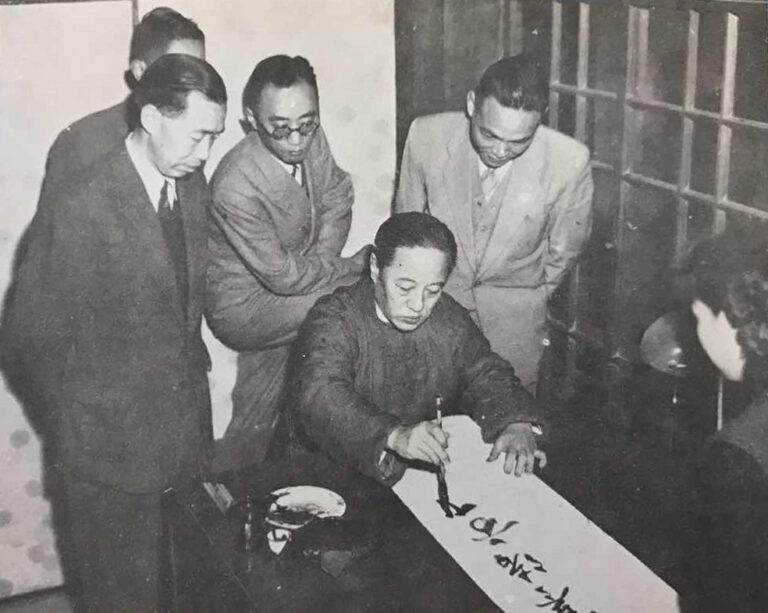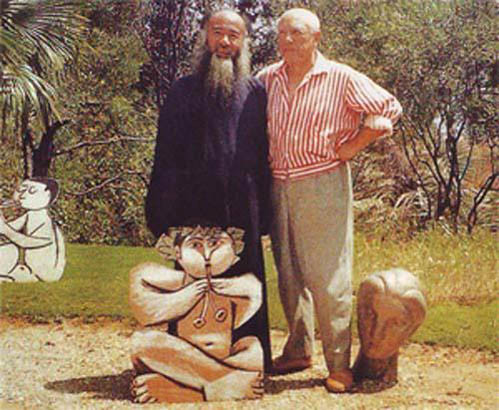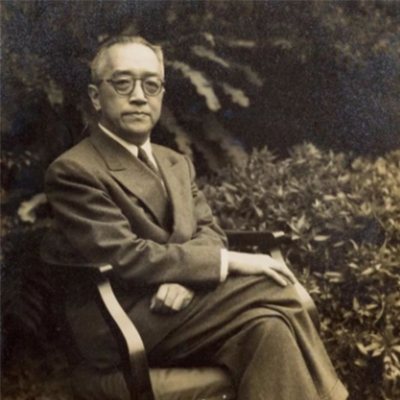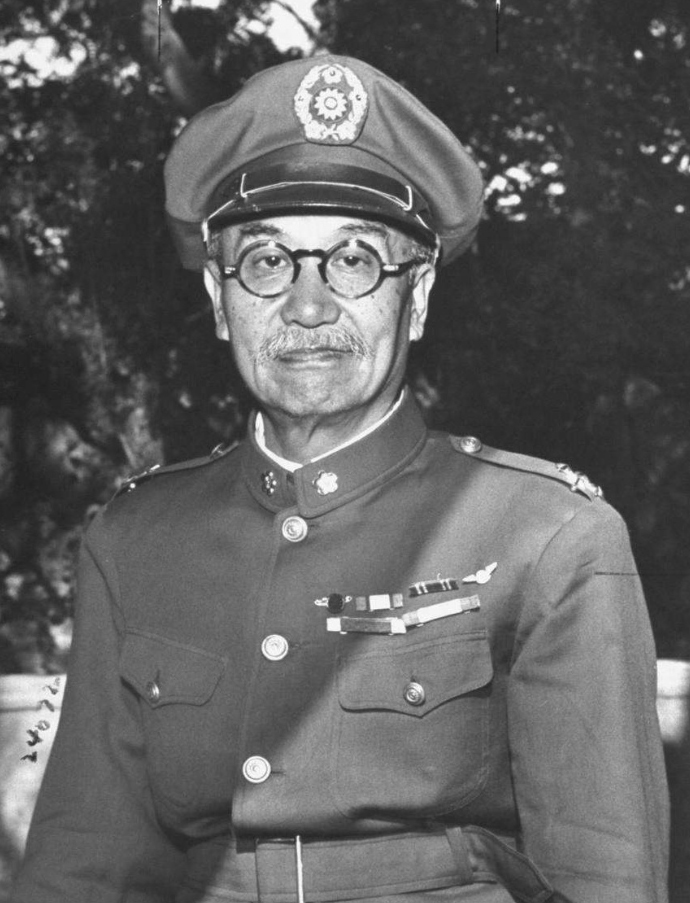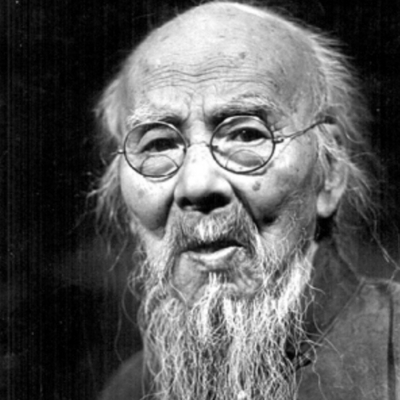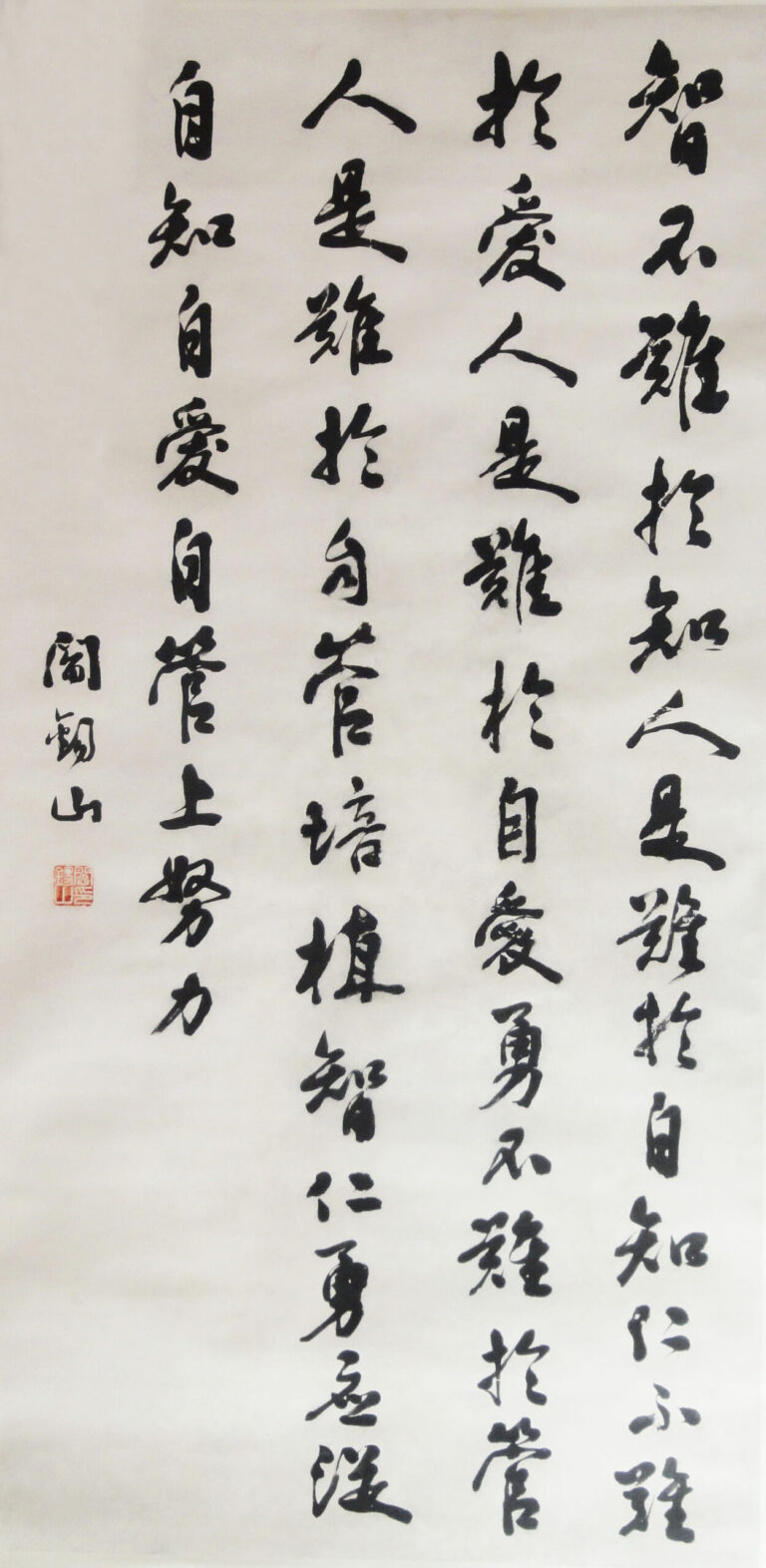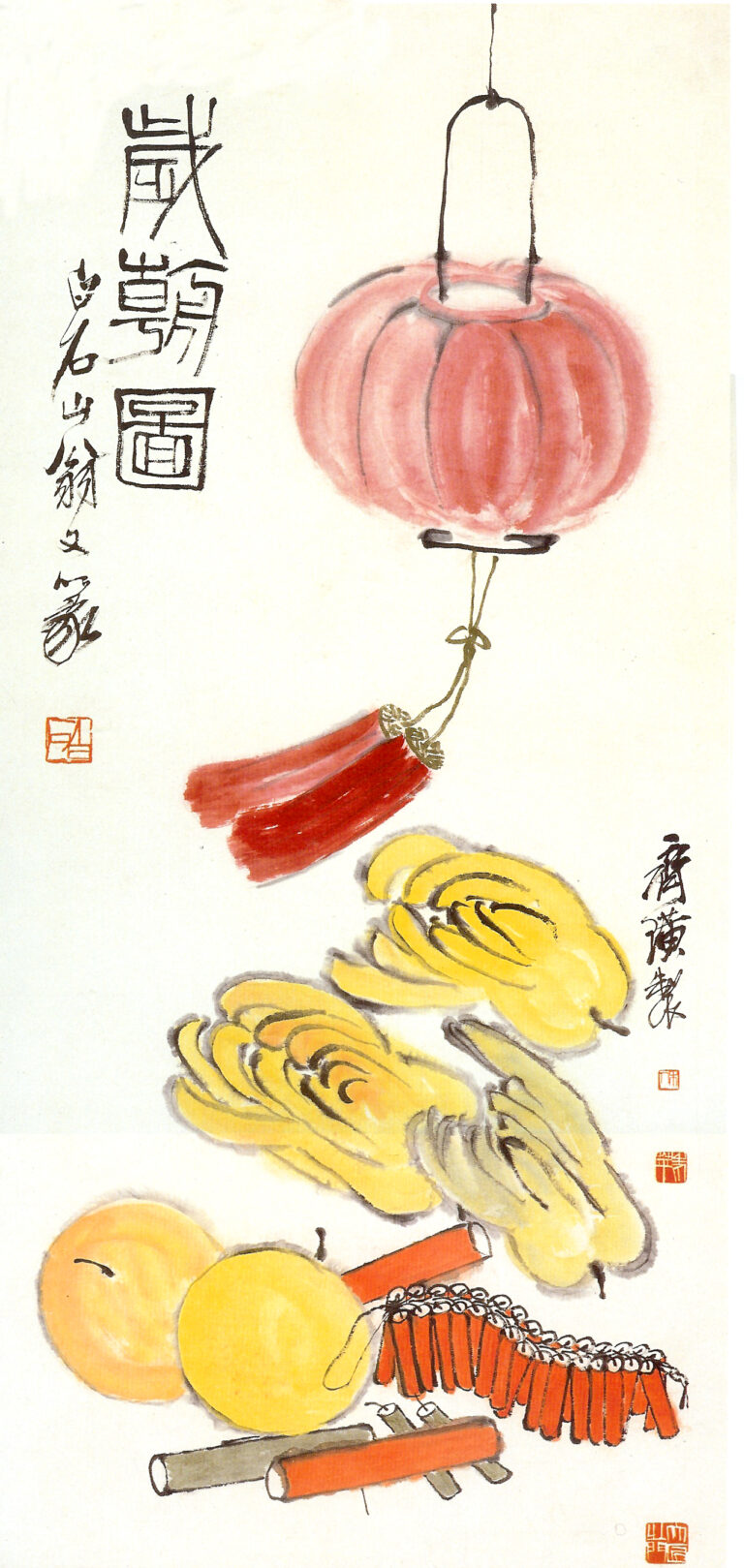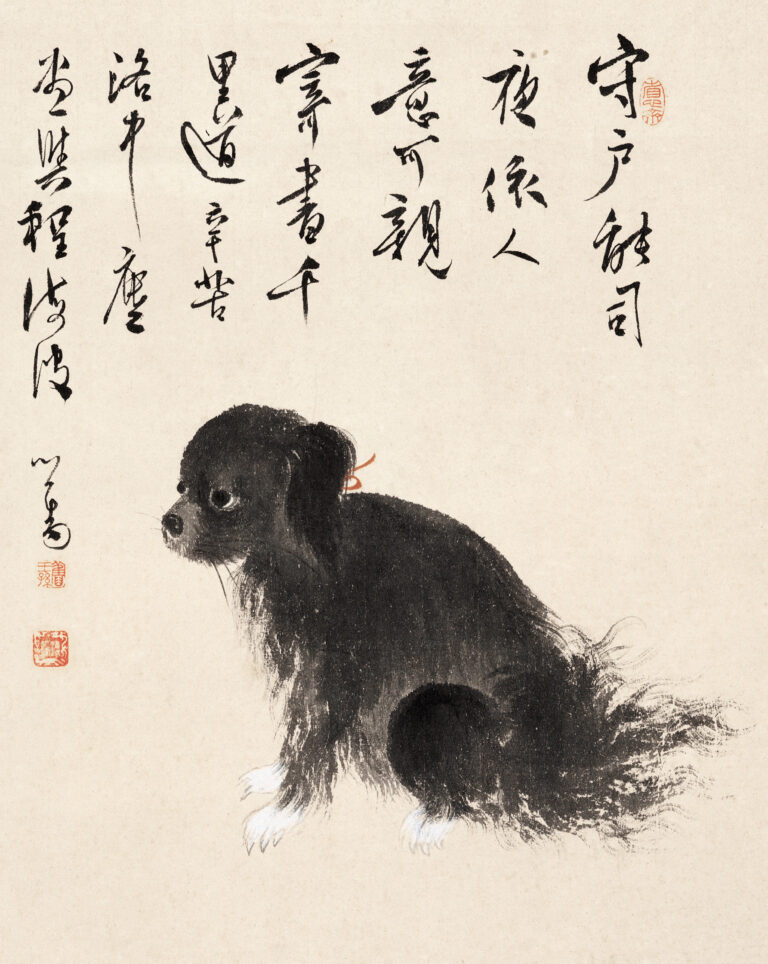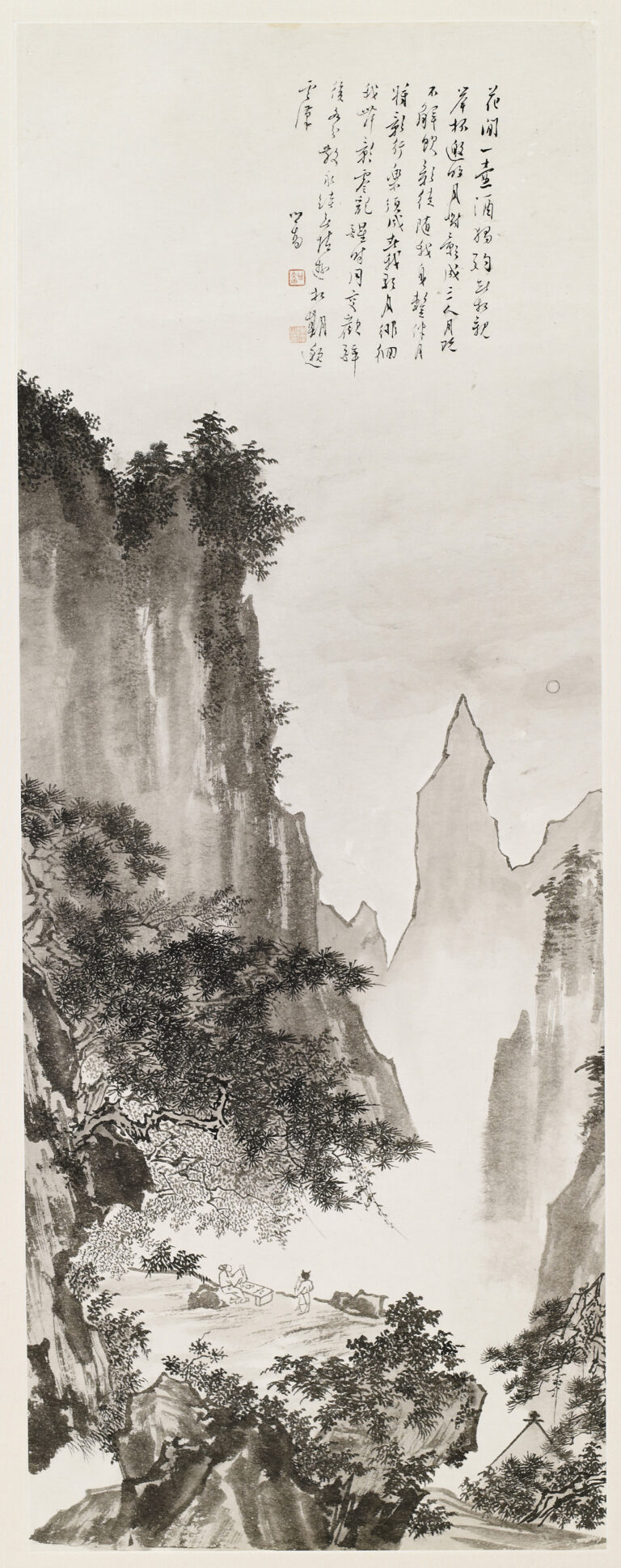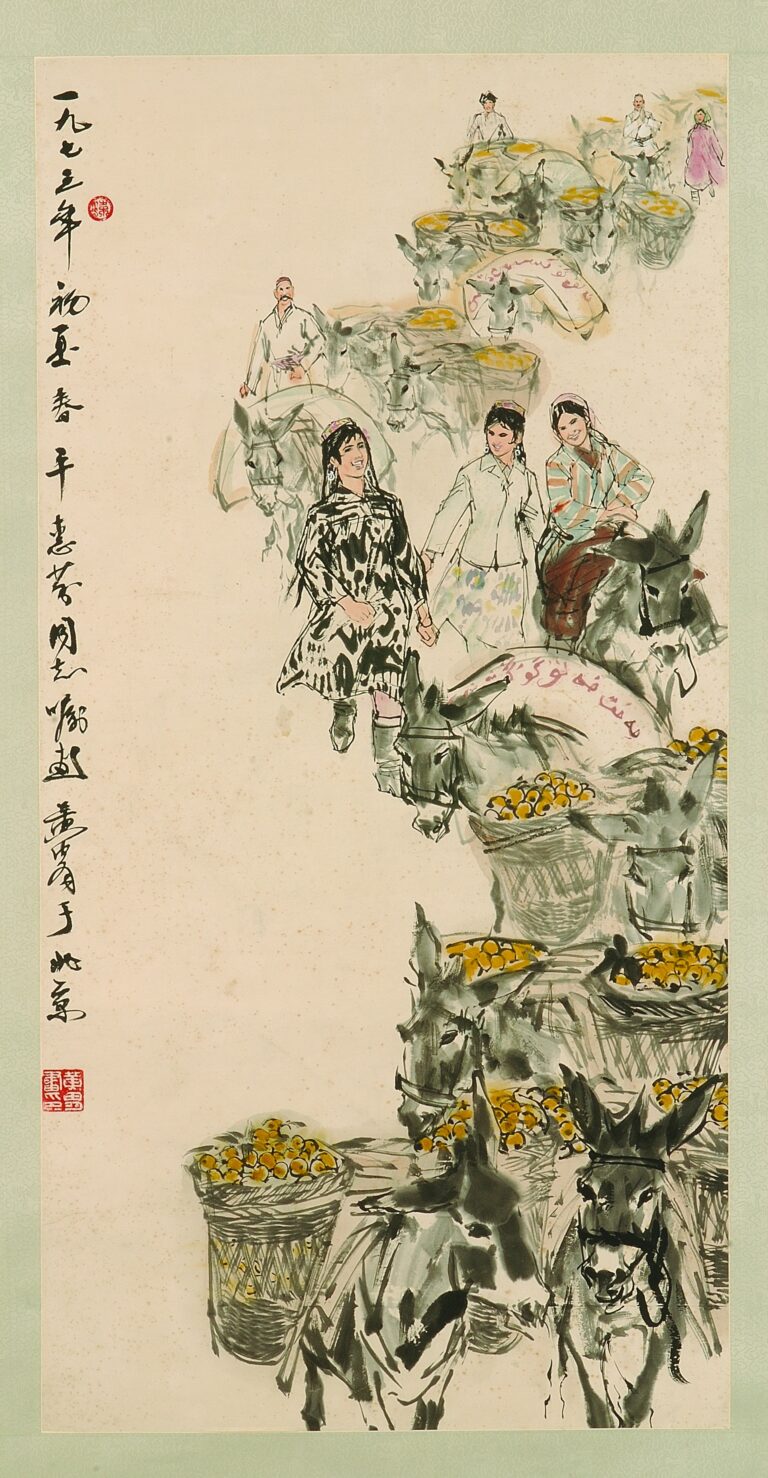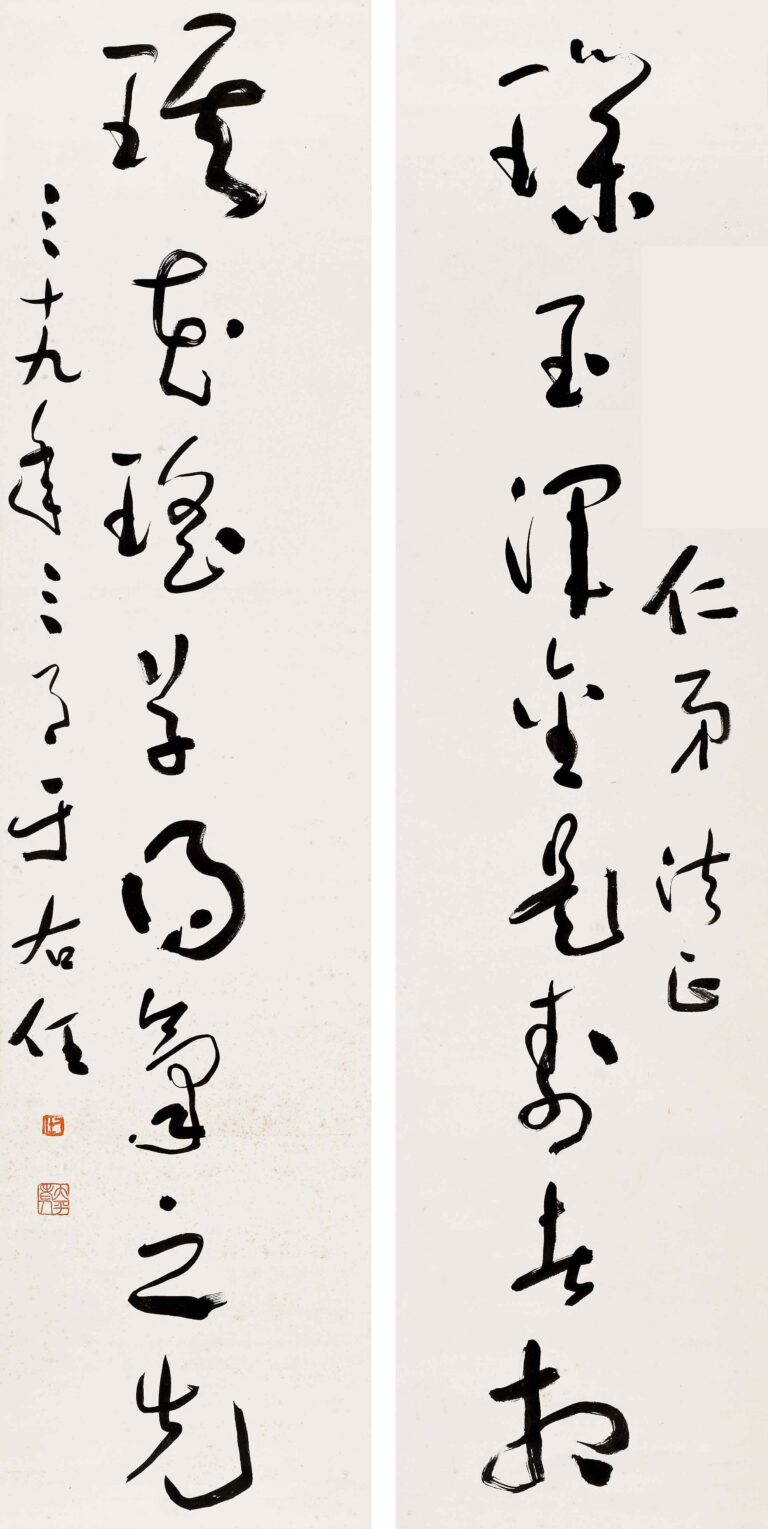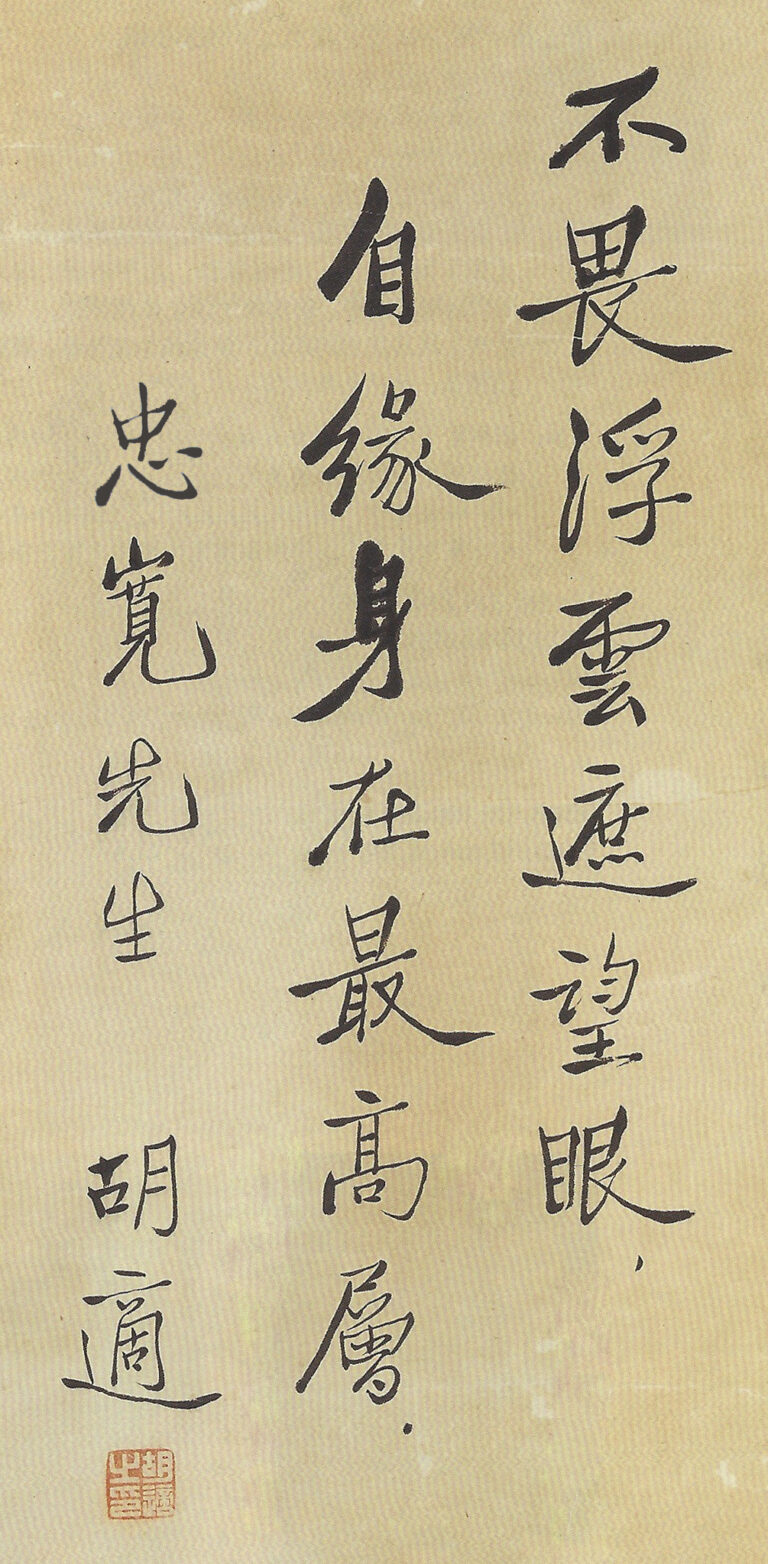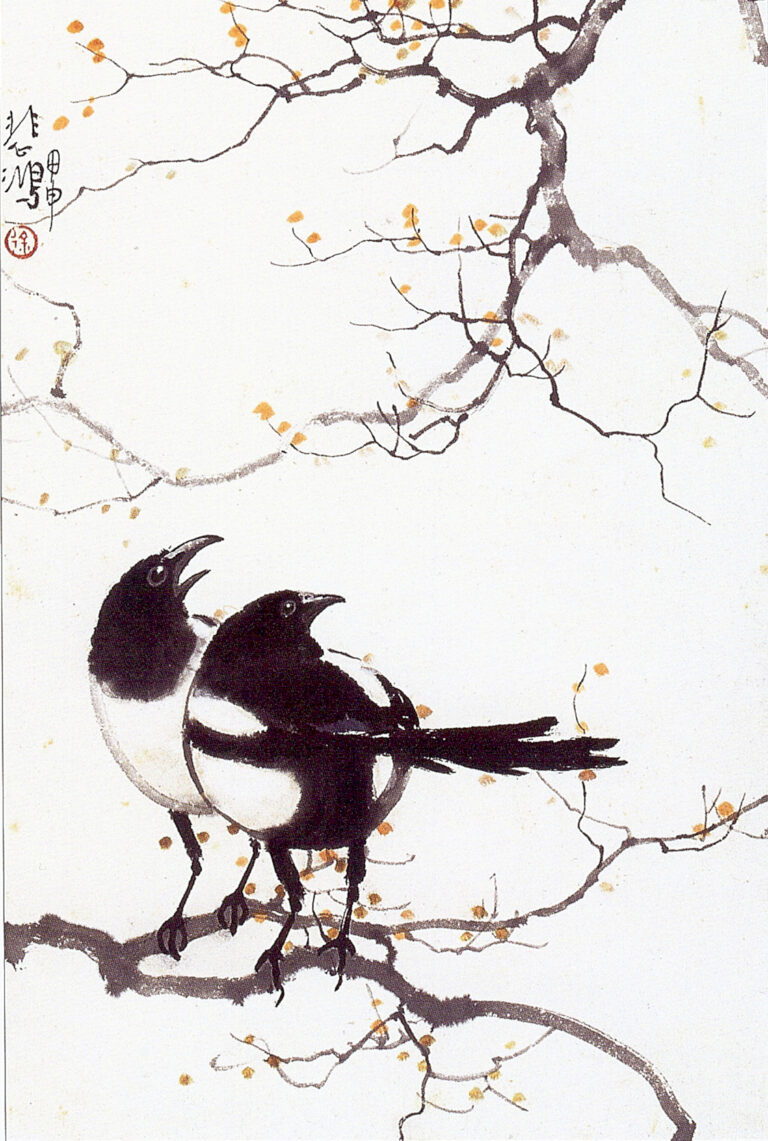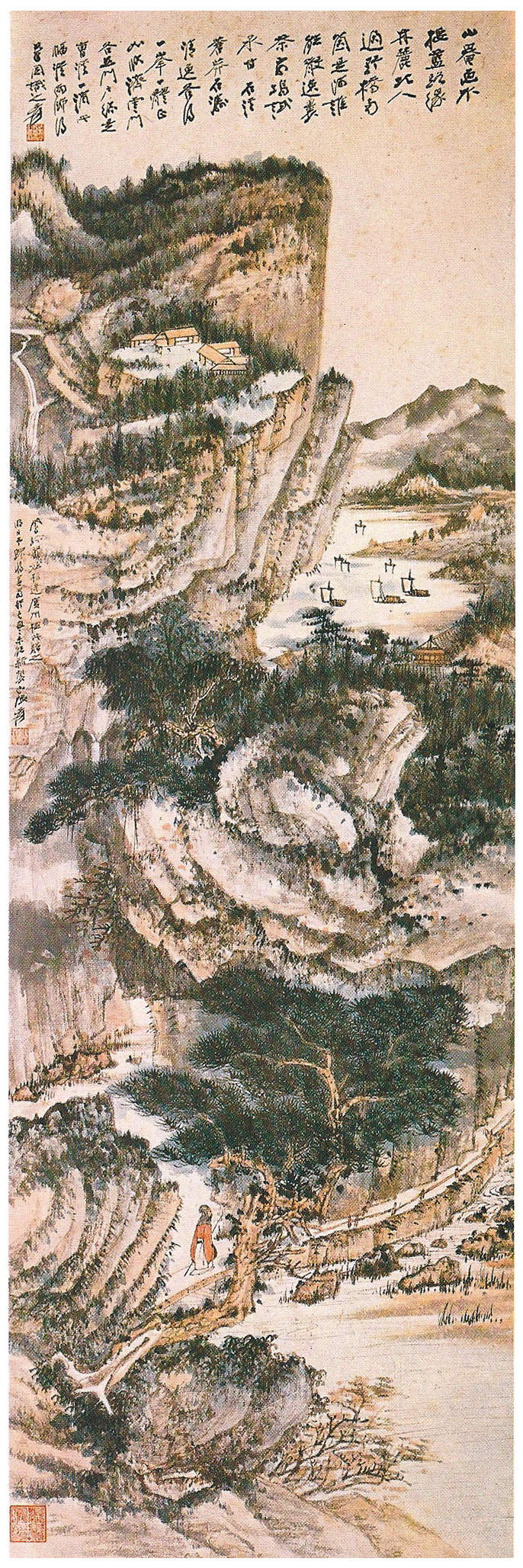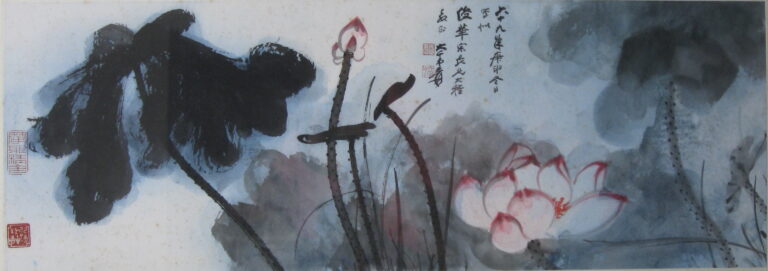Xu Beihong (1895-1953), a native of Yixing, Jiangsu, concentrated on Chinese painting, oil painting and calligraphy. He was one of the most influential Chinese painters in the 20th century. He is not only proficient in traditional Chinese painting, but also deeply influenced by Western realism, promoting the modernization of Chinese art education, and is known as the “Father of modern Chinese art education.” His art system, which spans ancient and modern times and connects China and the West, has become a milestone in the history of modern Chinese art.
1. Background in poverty-stricken calligraphy, inherited from his family at an early age
Xu Beihong was born in Tingqiao Town, Yixing City, Jiangsu Province. His family is poor but he has a strong sense of calligraphy. Since childhood, he has copied Wu Youru's character paintings and "Four Books" and "Zuo Zhuan". He learned calligraphy at the age of 6 and painting at the age of 9. He learned art directly from his father, Master Fu Dazhang. When he was a teenager, he traveled to the countryside and observed animals: cows, horses, geese, cats, etc. He often sketched and then painted. His keen observation and the budding of realism gradually became apparent.
Despite his poor family, his stepfather helped him enroll in Yixing Junior Normal School and receive basic education. Later, he went to Shanghai to fight. He went through twists and turns but never gave up his dream of painting. He went to Shanghai for his studies and encountered the opportunity of illustration by a publishing house. He also went through failure, depression, and returned to his hometown to rise up again. It was these upheavals that sharpened his tough personality and artistic pursuit.
2. Starting school in Shanghai, first dabbling in Western art (1915-1919)
In 1915, Xu was engaged in illustration, art tutoring and other work in Shanghai. At the same time, he met Gao Qifeng and others, and was introduced by Kang Youwei to study calligraphy and entered the Department of Fine Arts of Aurora University. Shanghai became an important window for him to first understand impressionist oil painting and European realistic traditions. He observed the works of masters of the sea school and Western painters, and further strengthened his artistic path of “integration of China and the West”.
3. Study in Japan and Europe and the improvement of techniques (1917-1927)
In 1917, Xu Beihong went to Tokyo, Japan to study painting. In 1919, he was funded by public funds to study in France, and successively studied at the École Julian in Paris and the National Higher Academy of Fine Arts in Paris (Académie Julian, ENSBA).
In Europe, he went deep into the Louvre and the Berlin Academy of Arts to study drawing, oil painting, and human body structure; he studied with the famous German and French artists François Flameng and Pascal Dagnan-Bouveret, and read the essence of the Western realistic tradition. In Paris, he practiced sketching hard. He once suffered abdominal pain due to excessive painting, and he stuck to his original intention and skills.
4. Returning to China for the first battle and promoting new painting techniques (1927-1937)
In 1927, Xu Beihong returned to China and served as a tutor of the Painting Method Research Association of Peking University and a professor of Nanjing Central University. In 1926, he held a solo exhibition in Shanghai with great success. His historical paintings, characters, and galloping horses attracted attention, and at the same time promoted the integration of Chinese and Western techniques.
In 1933, he planned the ”Modern Chinese Painting Exhibition" to tour Europe, with exhibits to France, Germany, Italy, Belgium, and the Soviet Union to promote the modern Chinese style of painting, which was well received internationally.
V. Wartime Sketching and Social Responsibility (1937-1949)
After the outbreak of the Anti-Japanese War, Xu moved westward to Chongqing with his school and joined the painting world. He donated all the proceeds from his painting exhibitions in Southeast Asia (Singapore, India) to the War of Resistance and used real paintings to serve the country's difficulties. He made friends with Tagore, Gandhi and others, and created masterpieces such as "Yugong Yishan" for contemporary Indian subjects, becoming one of the representatives of realist Chinese painting.
In 1942, the China Academy of Fine Arts was established in Chongqing to train a new generation of painters, emphasizing sketching skills and realistic methods, deeply integrating Chinese painting with Western techniques, and publishing famous academic ideas: “The best of the ancient methods are kept, the dying are followed, the bad ones are changed, and the inadequate ones.Increase it. ”.
6. Established the institute and served as Zhengtong Aesthetic education (1946-1949)
In 1946, Xu became the president of Beiping Art College (the predecessor of the Central Academy of Fine Arts). He held high the banner of realism and incorporated drawing, sketching, and human body structure into the core of teaching. At the same time, he also served as the head of the fine arts department of Anhui, Zhejiang and many other universities to strengthen teaching reform and the integration of industry and education, with far-reaching influence.
7. New China leads the Cause of art education (1949-1953)
After 1949, Xu Beihong became the dean of the Central Academy of Fine Arts and the chairman of the All-China Artists Association, realizing his dream of establishing a national art education system. He strictly prohibits formalism and abstraction, emphasizes that “it is better to be square than round, and it is better to be humble than clever” in his paintings, and advocates that the people, the people, and history are the core of his creation.
In 1951, he went to the construction site to sketch in person, preparing to create a large-scale oil painting but fell ill. In 1953, he died in Beijing at the age of 58. The heritage includes more than 1,200 works and a large number of Chinese and foreign paintings and documents, all donated to the country and collected in the Xu Beihong Memorial Hall in Beijing.
8. Masterpieces and artistic styles
Masterpiece: "Yugong Yishan", "Tian Heng Five Hundred Strong Men", "Xihe Cattle Herding", "Jiufangju", "Bar People Drawing Water", "Yugong Yishan" (huge Chinese painting), "Stroking the Cat", "Portrait of Ms Jenny", etc. (oil painting/Realistic Portrait).
Artistic style: Integrating Chinese and Western styles, inheriting traditional pen, ink and freehand techniques, while introducing Western perspective, anatomy and chiaroscuro, and establishing a brushwork system of “subject + realism + charm”. The "Galloping Horse" series perfectly combines ink rhyme with structure, and its galloping posture, majestic momentum, and strong vitality can be described as a masterpiece in the history of Chinese painting.
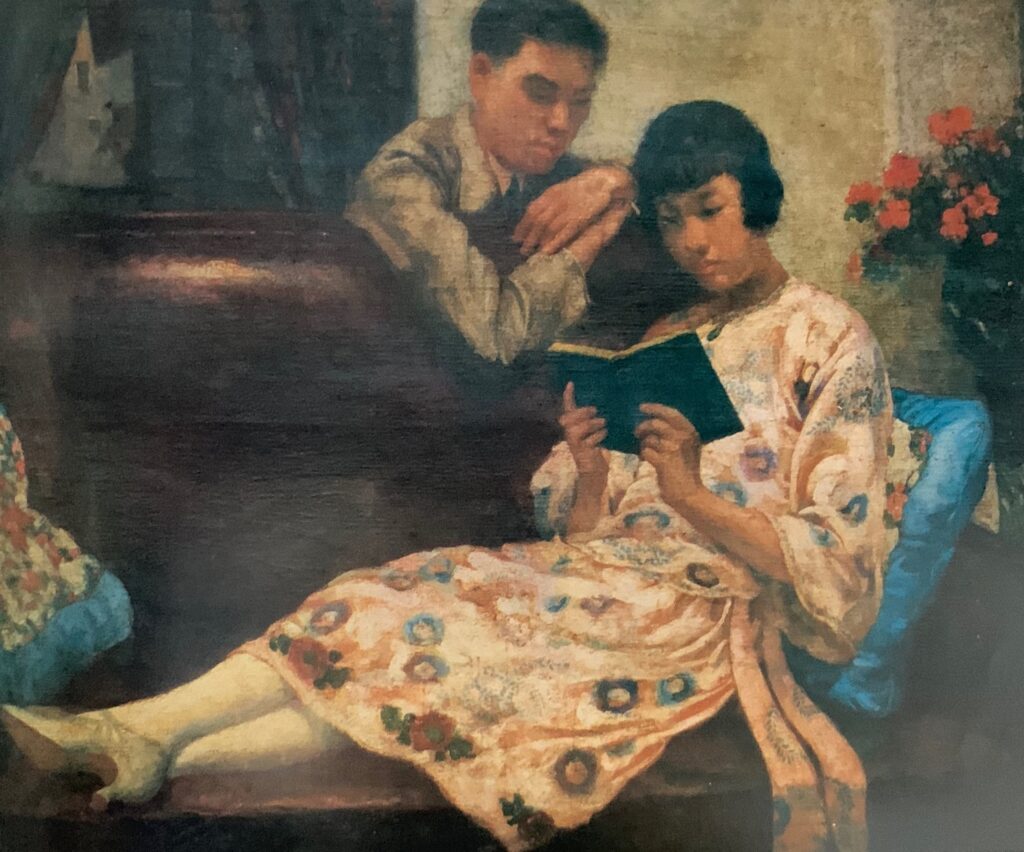
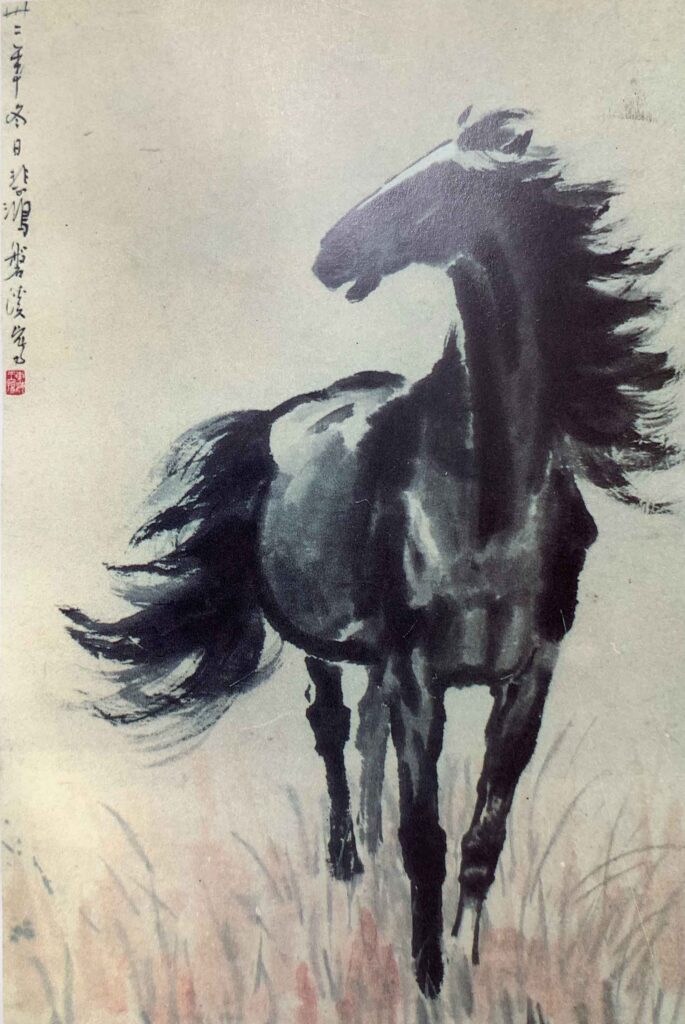
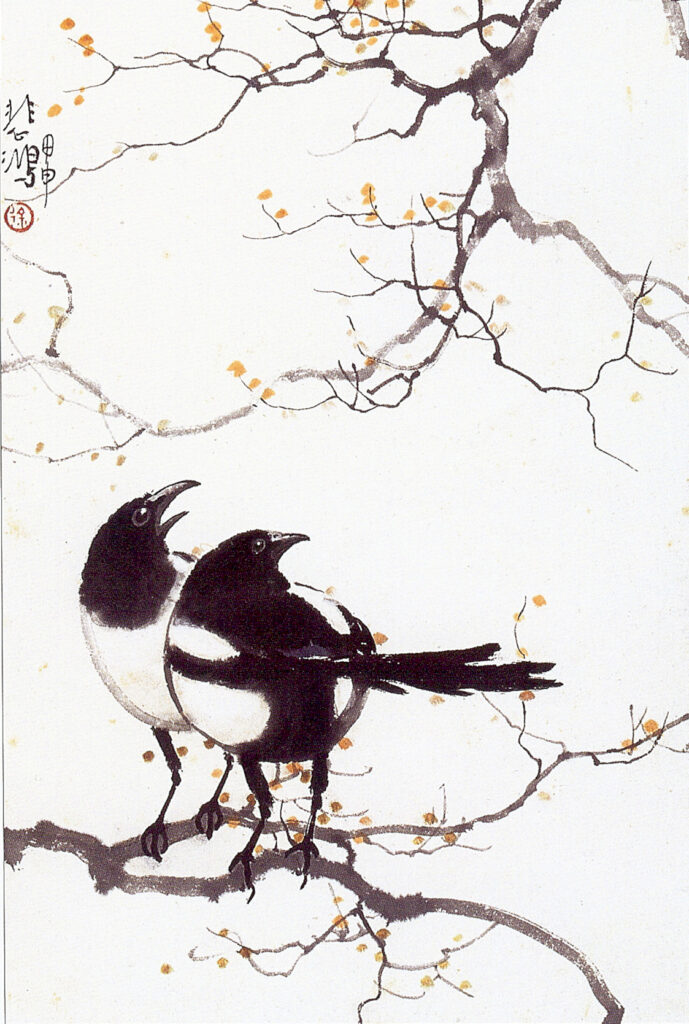
9. Teaching and influence
Xu Beihong becoming one of the country's culture all the more art house of Wu Zuoren, Ho Ying, Pan Tianshou, etc., and is hailed“peach sky down.” He attaches great importance to field sketching and model training, promotes sketching and sketching, and adheres to the path of realism. Its aesthetic proposition: "Wherever it can be picked, it is integrated, and both the noble and the subtle and the vast" has become the immortal standard of Chinese art education.
10. International Reputation and controversy
Xu Beihong is known as the “Father of modern Chinese painting” and one of the “Four Great Masters”; his works have been exhibited in Europe, America, and Southeast Asia, and his creative concepts have won praise from foreign countries. However, he opposed modernist abstract art and adhered to the path of realism. Later, he was criticized by the West for “conservatism” or “methodism”, but his mission of the times and ambition for educational reform could not be erased.
11. Memorial Hall and Inheritance
After his death in 1953, the Central Government established the Xu Beihong Memorial Hall in Beijing to permanently display more than 1,200 of his paintings, including a collection of ancient and modern Chinese paintings and calligraphy and steles. The memorial hall is also an important textbook base for Chinese and foreign scholars to study Xu's art.
12. Artistic Spirit and Significance of the times
Xu Beihong is committed to carrying the consciousness of the times with pen and ink: during the War of Resistance, he used brushes to praise tenacity and national spirit; after the founding of the People's Republic of China, he used his superb skills to build a Chinese painting education system; he advocated the artistic concept of “serving the people” throughout his life, combining humanistic feelings and scientific training, and can be described as a practitioner of "art in the modern age"..
Conclusion
Xu Beihong's artistic career is a magnificent trajectory that spans cultural traditions and changes in the times. He explained with his own experience-there is no conflict between pen and ink and realism, but they can complement each other. He advocates that “he not only integrates tradition, but also contacts Western art; he not only trains techniques, but also expresses spirit”. His works and educational concepts have become important coordinates of art education in New China.
Although he died early, he left a rich legacy: not only classic works, but also concepts and teaching. Today, whether it is memorials, researchers, or the majority of painting and calligraphy enthusiasts, they all feel the criss-crossing artistic life from his works and spirit.
If you have a collection of Xu Beihong's works, letters, manuscripts, etc., please contact Dehuatang. We are committed to high-value collection, professional appraisal and permanent preservation to help you inherit the immortal art and significance of this national art giant.
Portfolio

